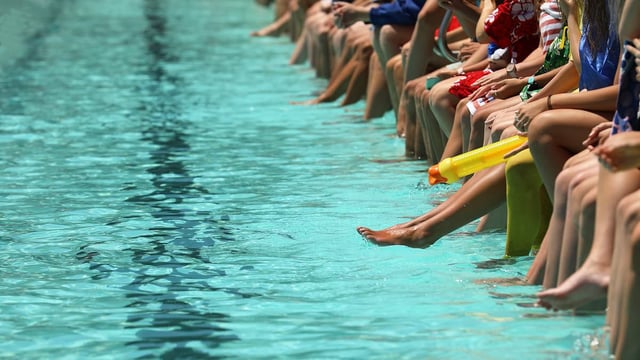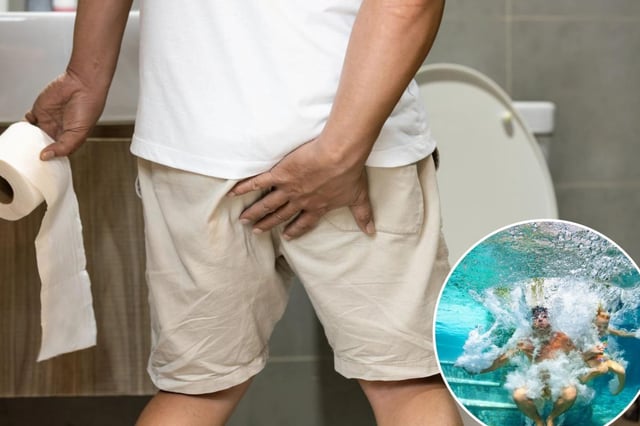Overview
- Studies show pathogens such as Cryptosporidium can survive in properly chlorinated pool water for up to 10 days
- Common germs including Pseudomonas aeruginosa, norovirus and adenovirus remain in treated pools and can cause skin, ear and gastrointestinal infections
- Organic matter from sweat and urine reacts with chlorine to form chloramines that are linked to respiratory and eye irritation
- A 2023 CDC report documented over 200 U.S. pool-associated outbreaks from 2015 to 2019, affecting more than 3,600 people
- Experts recommend showering before and after swimming, taking frequent bathroom breaks, avoiding the water when sick and covering wounds to reduce health risks



